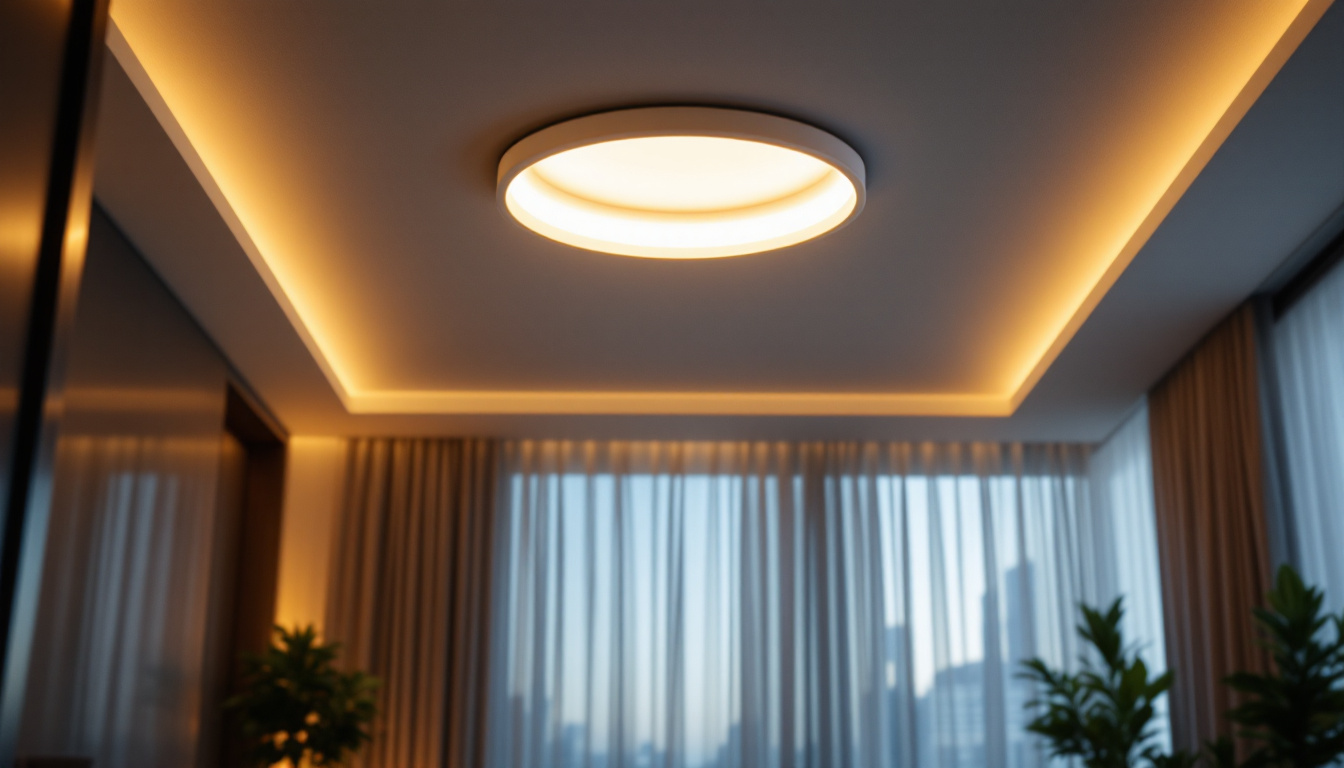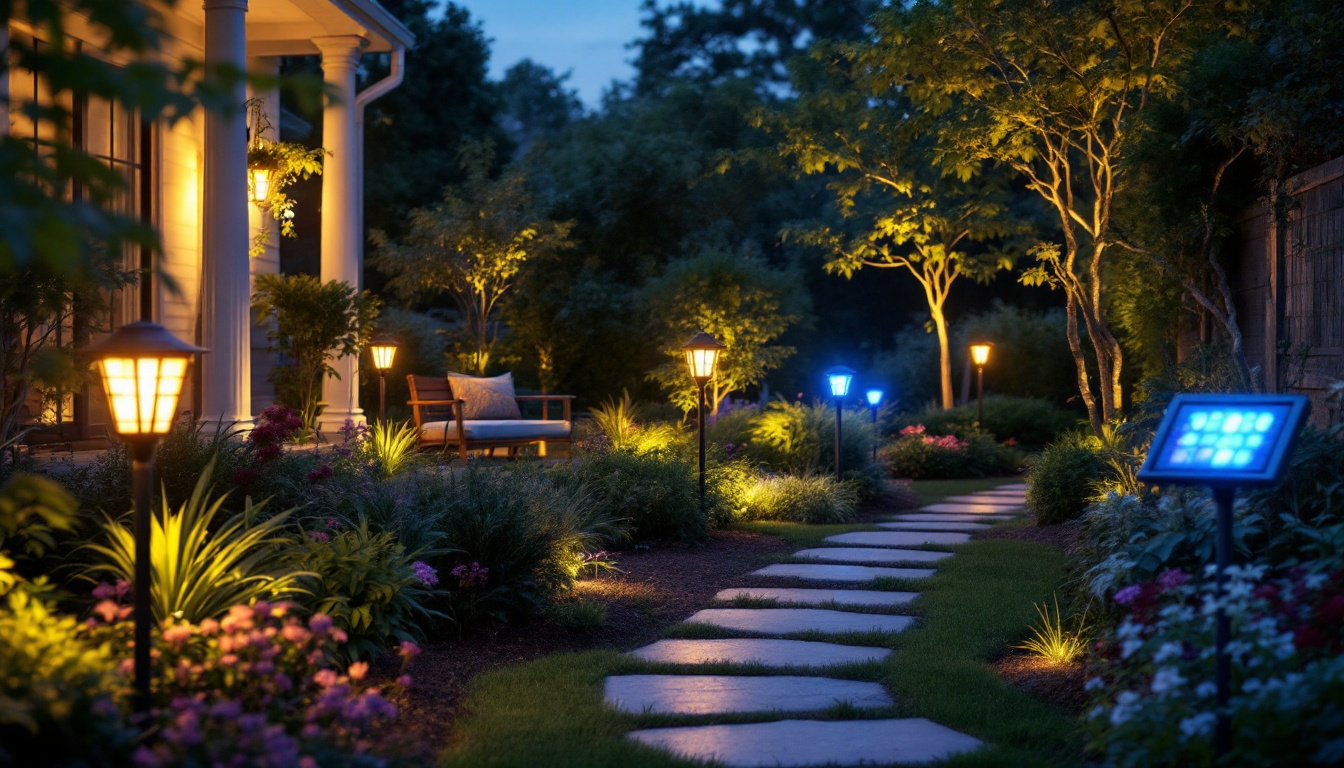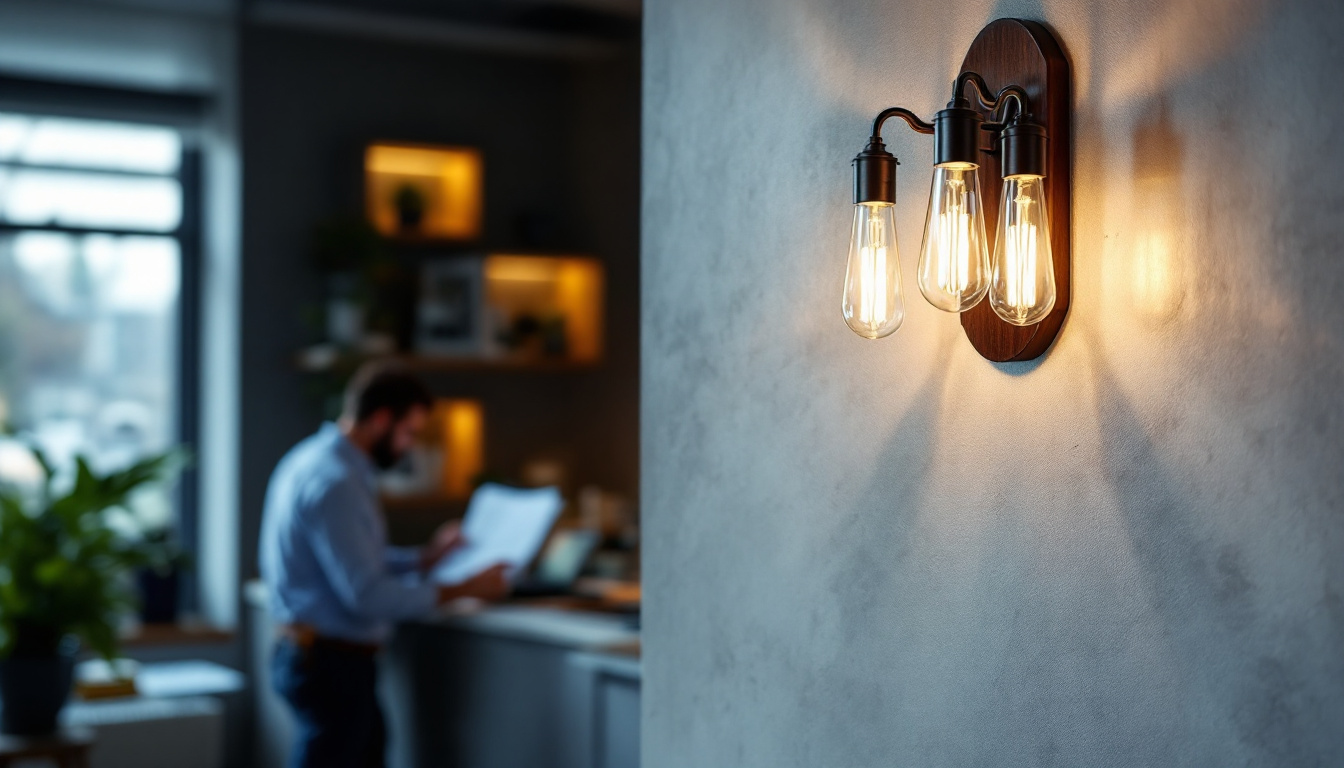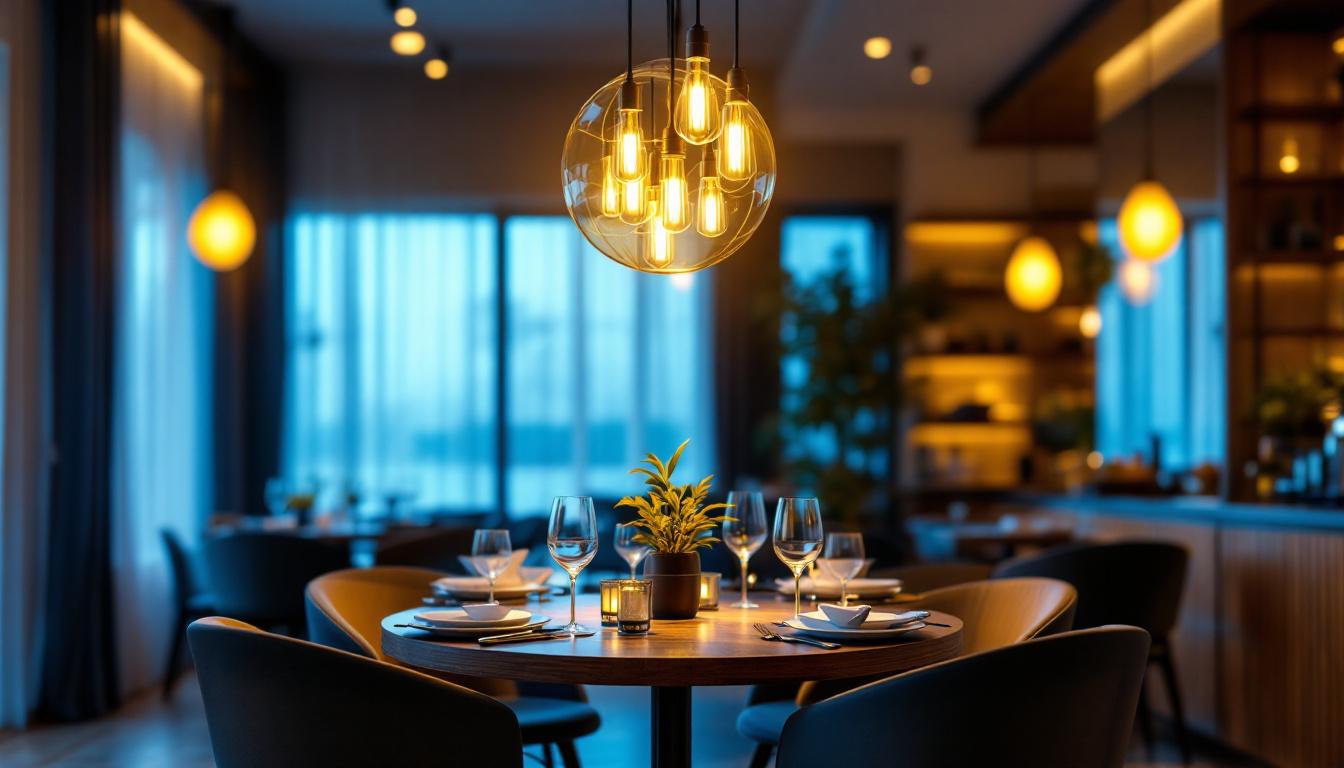
recessed ceiling lamps have become a staple in modern lighting design, offering a sleek and unobtrusive way to illuminate residential and commercial spaces. For lighting contractors, understanding the nuances of recessed lighting is essential for delivering quality installations that meet client expectations. This guide aims to provide comprehensive insights into recessed ceiling lamps, covering everything from types and installation techniques to energy efficiency and design considerations.
Recessed ceiling lamps, often referred to as can lights or pot lights, are fixtures that are installed into the ceiling, creating a clean and streamlined appearance. They are designed to provide ambient, task, or accent lighting, depending on their placement and design. Understanding the different components and functionalities of these fixtures is crucial for any lighting contractor.
Each recessed ceiling lamp consists of several key components: the housing, trim, and bulb. The housing is the part that is installed into the ceiling and is available in various sizes and shapes to accommodate different ceiling types and insulation. The trim is the visible part of the fixture that can vary in style, color, and finish, allowing for customization to match the décor of the space. Finally, the bulb type plays a significant role in the lamp’s performance and energy efficiency. LED bulbs, for instance, not only offer longer lifespans but also consume significantly less energy compared to traditional incandescent bulbs, making them a popular choice among homeowners and contractors alike.
There are several types of recessed ceiling lamps available, each designed for specific applications. These include:
In addition to these types, recessed ceiling lamps can also be categorized based on their beam angle and light distribution. For instance, narrow beam fixtures are perfect for highlighting artwork or architectural features, while wider beam options are better suited for general illumination in larger spaces. Moreover, many modern recessed lights come with adjustable features, allowing users to tilt or rotate the light direction, enhancing their versatility in various settings. This adaptability makes them an excellent choice for both residential and commercial applications, where lighting needs can vary significantly from one area to another.
proper installation of recessed ceiling lamps is crucial for both aesthetic and functional purposes. A poorly installed fixture can lead to uneven lighting, heat issues, and even safety hazards. Here are some essential installation techniques that lighting contractors should consider.
Before installation, it is vital to plan the layout carefully. Consider the purpose of the lighting, the height of the ceiling, and the size of the room. A common rule of thumb is to space fixtures approximately 4 to 6 feet apart for optimal coverage. Additionally, take into account any architectural features or furniture that may obstruct light. For instance, in a living room, you might want to highlight artwork or create a cozy atmosphere by strategically placing fixtures above seating areas. This not only enhances the visual appeal but also ensures that the lighting serves its intended purpose effectively.
Electrical wiring is a critical aspect of recessed lamp installation. Ensure that the circuit can handle the load of the new fixtures and that all connections are secure and compliant with local codes. Using a junction box is recommended to protect wiring and provide a safe connection point. For energy-efficient options, consider integrating dimmer switches or smart lighting controls, which can enhance the functionality of recessed lighting. Additionally, it’s wise to use LED bulbs, as they consume less energy and have a longer lifespan compared to traditional incandescent bulbs. This not only reduces energy costs but also minimizes the frequency of replacements, making your lighting solution more sustainable in the long run.
Once the layout and electrical considerations are addressed, the actual mounting of the fixtures can begin. Cut the appropriate holes in the ceiling, ensuring they are the correct size for the chosen housing. Follow the manufacturer’s instructions for securing the housing, whether it involves clips, screws, or brackets. After mounting, connect the wiring and secure the trim in place. Finally, install the bulbs to complete the setup. It’s also important to test the fixtures before closing up the ceiling, ensuring that each light functions properly and provides the desired brightness. If any adjustments are needed, it’s easier to make them at this stage rather than after everything is sealed. Furthermore, consider the color temperature of the bulbs; warmer tones can create a welcoming ambiance, while cooler tones are better suited for task-oriented spaces like kitchens or home offices.
As energy efficiency becomes increasingly important in the lighting industry, recessed ceiling lamps have evolved to offer sustainable options. Lighting contractors should be well-versed in energy-efficient technologies to provide clients with the best solutions.
LED recessed lights are an excellent choice for energy efficiency. They consume significantly less energy than traditional incandescent or halogen bulbs and have a longer lifespan, reducing the need for frequent replacements. Additionally, LED technology has advanced to offer a range of color temperatures and brightness levels, allowing for greater customization in lighting design.
Integrating smart technology into recessed lighting can further enhance energy efficiency. Smart recessed lights can be controlled via smartphone apps or voice commands, enabling users to adjust brightness and color temperature according to their preferences. These systems often include features like scheduling and remote access, allowing homeowners to manage their lighting even when they are away.
Recessed ceiling lamps are not just functional; they also play a significant role in the overall design of a space. Lighting contractors must consider various design elements to ensure that the recessed lighting complements the interior aesthetics.
The trim of a recessed fixture can dramatically affect the appearance of the lighting. Options range from baffle trims, which reduce glare, to reflector trims that enhance brightness. Selecting the right trim should align with the desired ambiance of the room. For example, a sleek, minimalist trim may suit modern spaces, while decorative trims may be more appropriate for traditional settings.
Color temperature is another crucial factor in recessed lighting design. Measured in Kelvins (K), color temperature influences the mood of a space. Warmer temperatures (2700K-3000K) create a cozy atmosphere, while cooler temperatures (4000K-5000K) are more energizing and suitable for workspaces. Lighting contractors should educate clients about these options to help them make informed decisions.
While recessed ceiling lamps offer numerous advantages, they can also present challenges during installation and maintenance. Understanding these challenges can help lighting contractors navigate potential issues effectively.
One common challenge with recessed lighting is heat buildup, particularly in insulated ceilings. Using IC-rated housings can mitigate this issue, as they are designed to operate safely in contact with insulation. Additionally, ensuring proper ventilation and spacing can help maintain optimal temperatures and prolong the lifespan of the fixtures.
Recessed lights can be difficult to access for bulb replacements or repairs, especially in high ceilings. Contractors should consider the placement of fixtures and the ease of access for maintenance when planning installations. Using adjustable or swivel trims can also provide flexibility in directing light and making future adjustments easier.
Lighting contractors must stay informed about local regulations and compliance standards related to recessed lighting installations. These regulations can vary significantly depending on the region and type of building.
Familiarity with local building codes is essential for ensuring that installations are safe and compliant. This includes understanding regulations related to electrical wiring, fixture placement, and energy efficiency standards. Contractors should also be aware of any specific requirements for commercial versus residential installations.
Many regions have adopted energy efficiency standards that impact the types of lighting products that can be installed. Contractors should be knowledgeable about these standards to guide clients toward compliant products, such as ENERGY STAR-rated fixtures. This not only ensures compliance but also helps clients save on energy costs in the long run.
The lighting industry is continually evolving, and recessed ceiling lamps are no exception. Staying updated on future trends can help lighting contractors remain competitive and provide innovative solutions to clients.
As smart home technology becomes more prevalent, the integration of recessed lighting with home automation systems is on the rise. This trend allows homeowners to control their lighting through mobile devices, voice assistants, and automated schedules. Contractors should be prepared to offer solutions that incorporate these technologies, enhancing the functionality and appeal of recessed lighting.
LED technology continues to advance, with new options for color rendering, dimming capabilities, and even tunable white lighting that adjusts throughout the day. Keeping abreast of these advancements enables contractors to offer clients the latest and most efficient lighting solutions, enhancing both performance and aesthetics.
Recessed ceiling lamps are a versatile and stylish lighting option that can elevate any space. For lighting contractors, understanding the various aspects of these fixtures—from installation techniques and energy efficiency to design considerations and compliance—is essential for delivering exceptional service. By staying informed about industry trends and advancements, contractors can ensure they provide clients with innovative and effective lighting solutions that meet their needs.
Ultimately, recessed ceiling lamps not only enhance the functionality of spaces but also contribute to the overall ambiance and design. As the demand for quality lighting solutions continues to grow, lighting contractors have the opportunity to play a pivotal role in shaping the future of residential and commercial lighting.
Ready to take your lighting projects to the next level? Look no further than LumenWholesale for all your recessed ceiling lamp needs. Our commitment to providing contractors with high-quality, specification-grade lighting products at unbeatable wholesale prices sets us apart. With LumenWholesale, you can access a vast selection of top-tier lighting solutions that meet rigorous industry standards, ensuring every installation shines with reliability and performance. Plus, with the convenience of free shipping on bulk orders, you can stock up on premium lighting without worrying about hidden fees or compromises. Elevate your lighting game and give your clients the best value by choosing Wholesale Lighting at the Best Value with LumenWholesale.

Illuminate your projects with confidence! Discover essential tips and common pitfalls for lighting contractors working with outdoor solar landscape lights.

Discover expert advice on solar light fixtures for lighting contractors.

Discover how sconce fixtures can be a game-changer for lighting contractors looking to win more bids.

Discover how strategic hanging dining room lighting designs can boost your success as a lighting contractor.